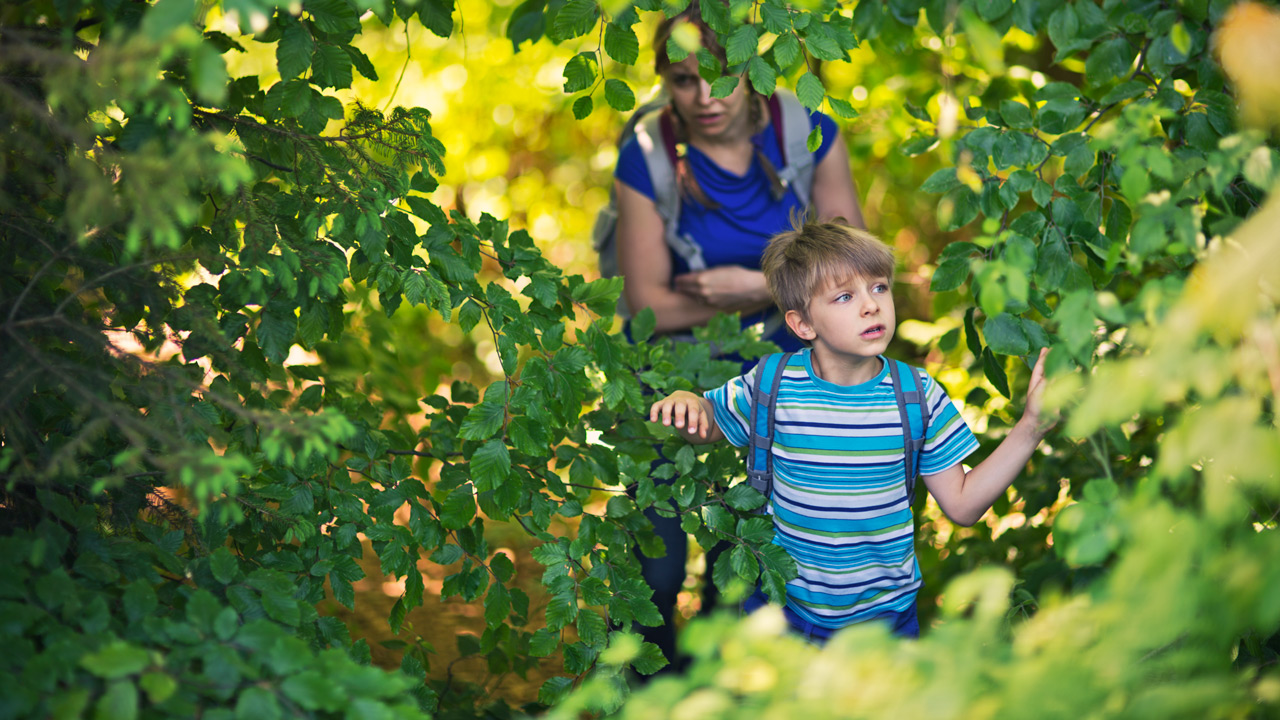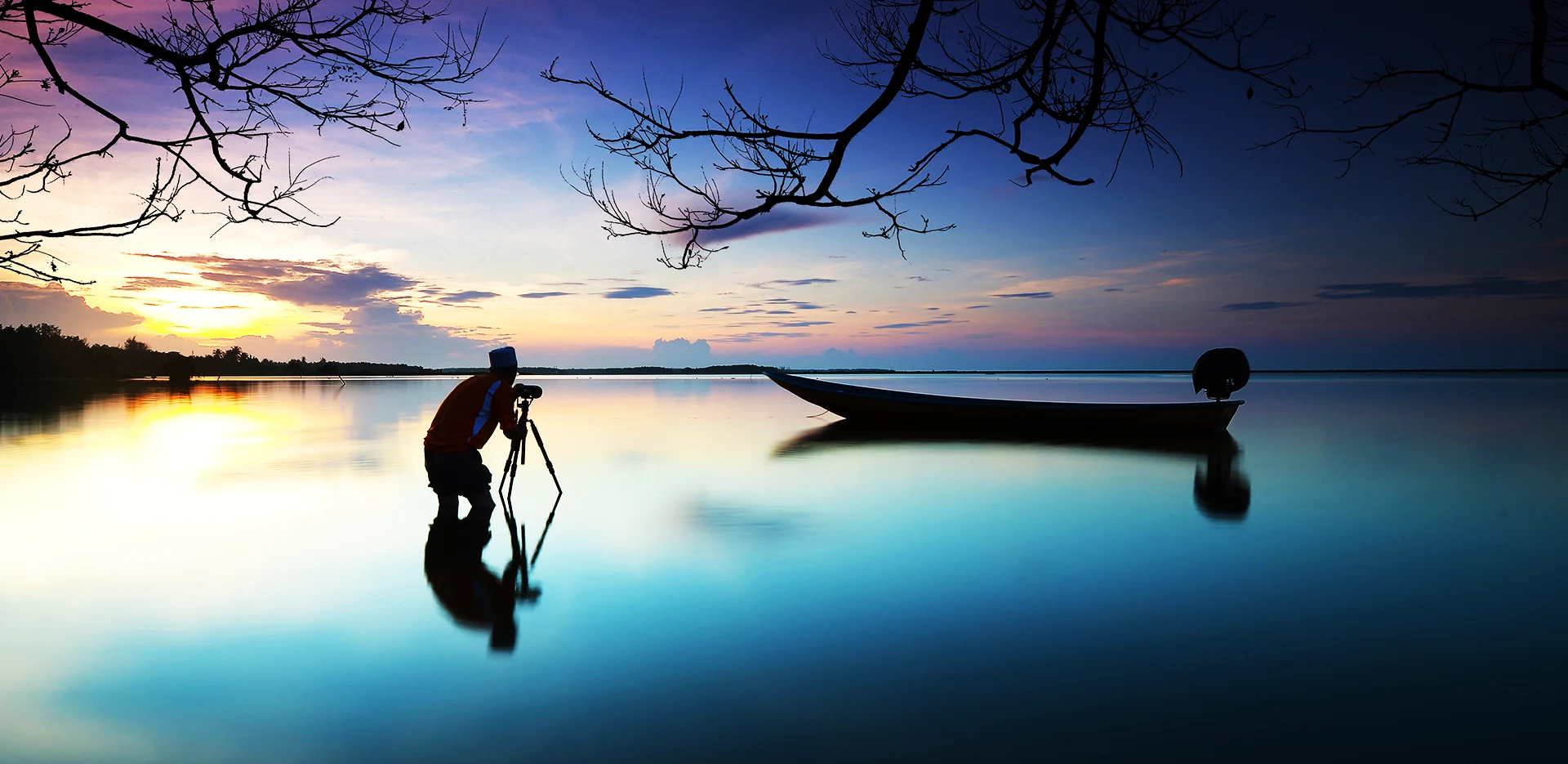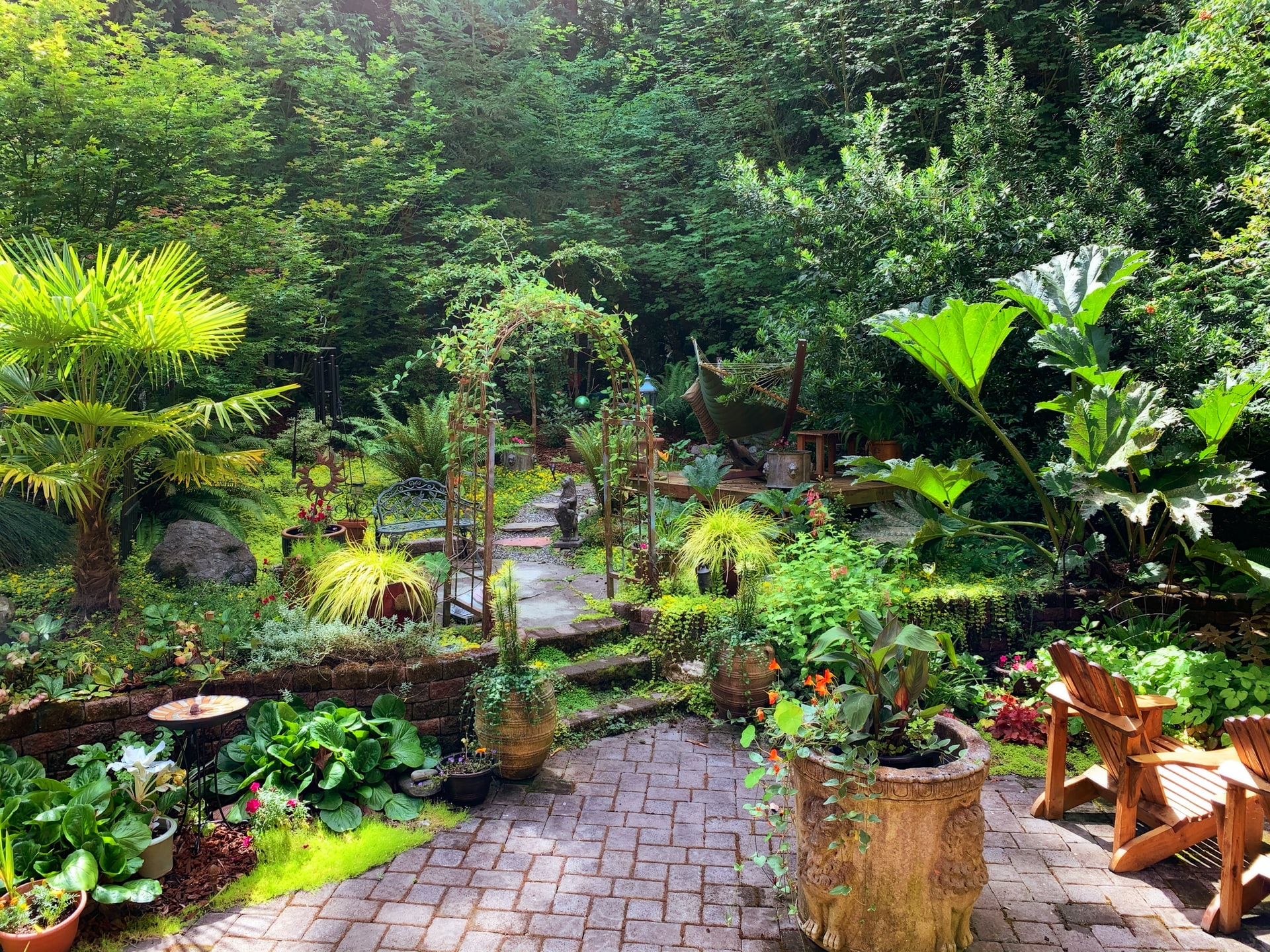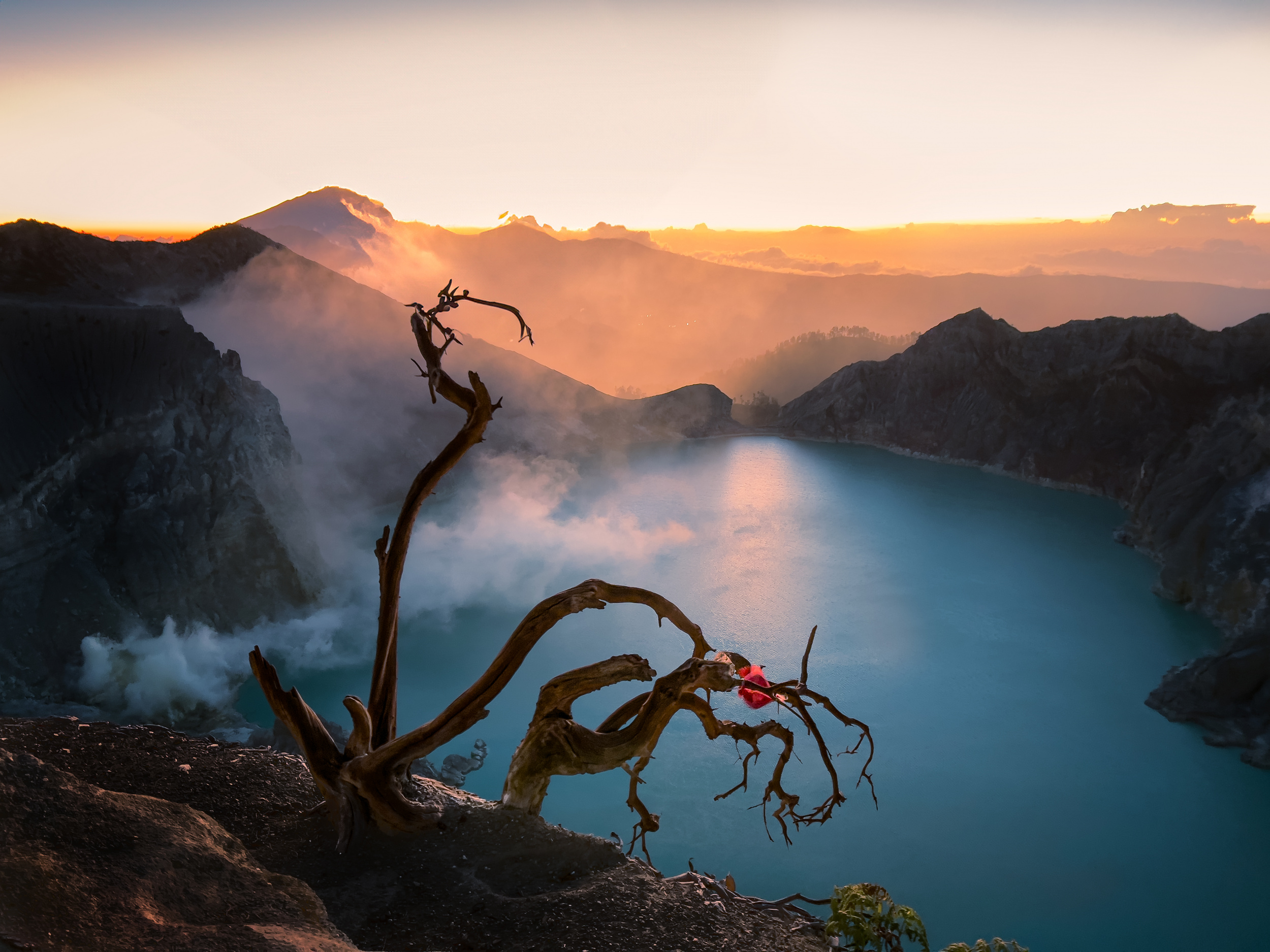Sound Walks: Creating Music Inspired by the Sounds of Nature

The Sonic Tapestry of the Outdoors
The world around us is a sonic landscape, filled with sounds that inspire creativity and emotion. As nature’s symphony plays on, the subtleties of these auditory elements enrich our experiences and awaken our senses. Artistic communities have increasingly recognized this phenomenon, particularly through the practice of sound walks. These immersive auditory explorations compel individuals to engage with their environments in new and innovative ways. By amplifying their awareness of nature’s sounds, creators are discovering unique avenues for translating these atmospheric contributions into music and compositions.
Among the myriad sounds that surround us, birdsong stands out as a fundamental source of inspiration. The cheerful notes of American robins and the intricate melodies of canaries can add layers of depth and texture to musical pieces. For instance, modern composers may weave the tuneful calls of songbirds into electronic music, creating an evocative tapestry that echoes the essence of nature while appealing to contemporary listeners.
- Birdsong as a melody source: From the simple chirps of sparrows to the complex calls of songbirds, each note can add depth to a musical piece.
- Rustling leaves: The gentle whisper of the wind passing through foliage can evoke feelings of calmness and reflection.
- Flowing water: The rhythmic sound of a river or stream can serve as a backdrop, enhancing the beat and tempo of a composition.
Consider the rustling of leaves on a breezy afternoon; these delicate sounds offer a serene backdrop that can inspire feelings of tranquility and introspection. Artists may take this natural sound and loop it into their compositions, creating meditative soundscapes that transport listeners into a peaceful state of mind.
Furthermore, the flowing water of a brook or river serves as another powerful auditory element. Its rhythmic flow can enhance the tempo of a piece, effectively bridging the gap between natural phenomena and structured music. Think about how composers such as Claude Debussy utilized water in pieces like “La Mer.” Such influences remind us of the timeless connection between nature and creativity.
Adventurous musicians and sound artists venture outdoors, tuning into their surroundings, driven by the desire to discover how the natural world can influence and shape their art. This process invites personal reflection and encourages a more profound understanding of our environment, fostering a sense of harmony and appreciation for the beauty we often overlook.

As we engage more deeply in the realm of sound walks, we uncover methods to transform these natural sounds into captivating musical art. The ability to harness the beauty of nature provides a transformative experience for both artists and audiences alike. It serves as a reminder of the significance of preserving our environment, not only for its beauty but also for the incredible auditory experiences it offers.
Ultimately, embracing sound walks opens doors to new creative possibilities. It challenges artists to listen with intention, reminding us all that the most profound artistry often lies just outside our doors, waiting for us to immerse ourselves in its symphonic embrace.
DIVE DEEPER: Click here to discover how music lessons can empower your child
Connecting with Nature’s Soundscape
The practice of sound walks invites individuals to step outside and immerse themselves in the auditory offerings of their surroundings. This contemplative exploration can take place in urban parks, quiet forests, or bustling beach promenades, each location teeming with unique sounds waiting to be discovered. By attentively listening to these sounds, musicians and composers can harness their inspiration and create art that resonates with the natural world.
One of the striking features of sound walks is their emphasis on active listening. This engagement requires participants to focus on the environment, tuning in to the subtle nuances that typically go unnoticed. The chirping of bugs, the rustle of grass, or the distant echo of a train can all become focal points in a creative process. For artists, these moments of heightened awareness can imbue their work with authenticity and depth.
In many cases, the transition from listening to composition is an organic one. After a sound walk, artists may find themselves inspired to recreate the sentiments evoked by nature’s sounds in their music. This process often involves translating auditory experiences into musical motifs that reflect the emotions each sound inspired. For example, the rapid cadence of a woodpecker drilling into a tree might inspire a fast-paced rhythm in a percussion piece, while the tranquil flow of a slow-moving stream can translate into languid melodies.
Here are several components of nature that can enrich musical compositions:
- Avian Acoustics: The variety found in bird calls serves as a rich resource. Composers can mimic complex patterns or even sample real-life recordings, integrating them as sound layers.
- Natural Elements: The sound of rustling leaves or the crunch of twigs underfoot can provide unconventional percussion that adds a raw, organic quality to music.
- Environmental Ambiance: Wind howling through branches or distant animal sounds can create atmospheric background textures, bridging the gap between silence and structured sound.
Moreover, the emotional weight of these sounds cannot be overlooked. Many people have personal connections with nature that dovetail with their musical preferences. Through sound walks, artists can not only express their experiences but also connect with audiences who share similar sentiments. For instance, the nostalgia evoked by the sound of waves lapping at the shore may lead to compositions inspired by memories of childhood summers spent by the beach.
As sound walks continue to grow in popularity, a burgeoning community of sound artists and musicians is emerging, each eager to share their interpretations of the world’s soundscape. This movement not only deepens their artistry but also fosters a collective consciousness about environmental conservation. The transformative potential of bringing nature into music encourages further exploration and appreciation of the natural world around us. Ultimately, the sounds of nature serve as a constant reminder of the beauty that can inspire and elevate the human experience through art.
| Advantage | Details |
|---|---|
| Immersive Experience | Sound walks offer a unique opportunity to immerse oneself in the natural environment while engaging with sound, creating an enriching and personal auditory journey. |
| Enhanced Creativity | Participating in sound walks can stimulate artistic expression, encouraging composers and musicians to draw inspiration directly from the surround sounds of nature. |
The integration of environmental sounds into music composition not only fosters creativity but also promotes a deeper connection to the world around us. These walks are often best experienced in diverse natural habitats ranging from bustling forests to tranquil lakes, each providing a specific sonic palette. By engaging with their surroundings, participants often discover hidden elements of sound that they would otherwise overlook.Moreover, when individuals create music based on these sounds, it transcends typical music-making processes, aligning emotions with the auditory landscape. This practice encourages individuals to reflect on their relationship with nature, fostering a sense of stewardship and appreciation for the environment. The auditory textures and rhythms can elicit various emotional responses, enriching the quality of the resulting music. It represents a profound intersection of artistic exploration and environmental awareness, inviting musicians and listeners alike to celebrate the harmonious coexistence of sound and nature. By participating in sound walks, you not only nurture your creativity but also embark on a journey of discovery, inviting new perspectives in music composition that resonate with both the heart and the environment.
EXPLORE MORE: Click here to uncover the power of music therapy
Transforming Sounds into Sonic Narratives
Beyond just capturing sounds, the journey of creating music inspired by sound walks often embraces the concept of sonic narratives. These narratives intertwine auditory experiences with personal storytelling, allowing artists to convey deeper themes and emotions through their compositions. Each sound collected from nature can represent a chapter in a broader story, framed by the artist’s own experiences, fantasies, and reflections.
The concept of field recordings plays a critical role in this transformation. When musicians document their sound walks with audio devices, they create a sonic diary of their environment. Such recordings allow artists to layer and manipulate these natural sounds, crafting a collage of auditory elements that can evoke a sense of place and time. As an example, renowned composer David Rothenberg has been known to blend his improvisational clarinet melodies with live recordings of nature, creating a dialogue between human musicianship and the natural world. His approach exemplifies the potential of field recordings to bring an intensity and immediacy to compositions.
The practice of sound walks has also paved the way for innovative genres of music such as environmental sound art and eco-musicology. These forms seek to emphasize the connection between music and ecological awareness, encouraging listeners to reflect on their relationship with the environment. Artists involved in these movements often collaborate with scientists and environmentalists to gain insight into the effects of sound pollution and habitat loss, further deepening their work’s relevance to pressing environmental issues.
Some musicians, like Bon Iver, have incorporated sounds from their natural surroundings into their albums, utilizing field recordings to enhance the listener’s experience. The use of ambient sounds from forests or streams became a textural backdrop for the emotional landscapes painted in their music. This ability to fuse natural soundscapes with compositional elements highlights how music can serve as both art and advocacy, raising consciousness about the preservation of these soundscapes.
Workshops and community initiatives focusing on sound walks are also gaining traction, providing opportunities for participants to engage in group compositions based on their shared auditory experiences. These collaborative exercises often yield surprising results as diverse backgrounds and perceptions of nature merge into unified pieces of music. Community art projects not only stimulate creativity but can also strengthen local ties, fostering a shared appreciation for the unique soundscapes specific to each area.
One significant initiative worth noting is the Sound Walk September project, which encourages participants to explore their surroundings through organized sound walks and share their experiences through online platforms. This event emphasizes the holistic approach to sound walks and equals the act of listening with the art of creation. During these designated walks, participants are encouraged to embrace silence as much as sound, allowing for moments of introspection that can inform their creative processes.
As artists continue to weave the sounds of nature into their music, they not only honor the beauty of the natural world but also advocate for its protection. The convergence of sound walks with musical creation opens up new avenues for artistic expression, as each participant becomes a custodian of their environment’s auditory legacy. Thus, every note inspired by the natural world carries with it an underlying message about the importance of connection, conservation, and the wonder that exists all around us.
DISCOVER MORE: Click here to unleash your creativity in gardening
Echoes of Nature: The Symphony of Sound Walks
In conclusion, the practice of sound walks serves as a profound bridge between the organic world and the art of music. By engaging with nature and its myriad sounds, artists not only capture the essence of their environment but also transform it into compelling musical narratives that resonate with listeners on a deeper level. The integration of field recordings allows musicians to create a rich tapestry of auditory experiences that emphasize the significance of place and the passage of time.
Across genres, from environmental sound art to eco-musicology, the influence of sound walks invites artists to explore ecological themes and advocate for environmental stewardship through their work. Musicians like David Rothenberg and Bon Iver showcase how the fusion of natural acoustics with human creativity can provoke reflection and inspire collective action toward the preservation of our planet’s soundscapes.
Moreover, community initiatives and events such as Sound Walk September facilitate collaborative efforts that celebrate shared listening experiences, reinforcing local connections to the environment. As participants embrace the beauty of natural sound, they become active contributors to a growing movement that honors and safeguards the intricate symphony of nature.
Thus, sound walks not only enrich the musical landscape but also illuminate a path toward a more conscious understanding of our surroundings. By learning to listen more attentively, we invite a profound transformation—both personally and collectively—where music becomes a catalyst for change, allowing the echoes of nature to resonate in our hearts and minds for generations to come.


